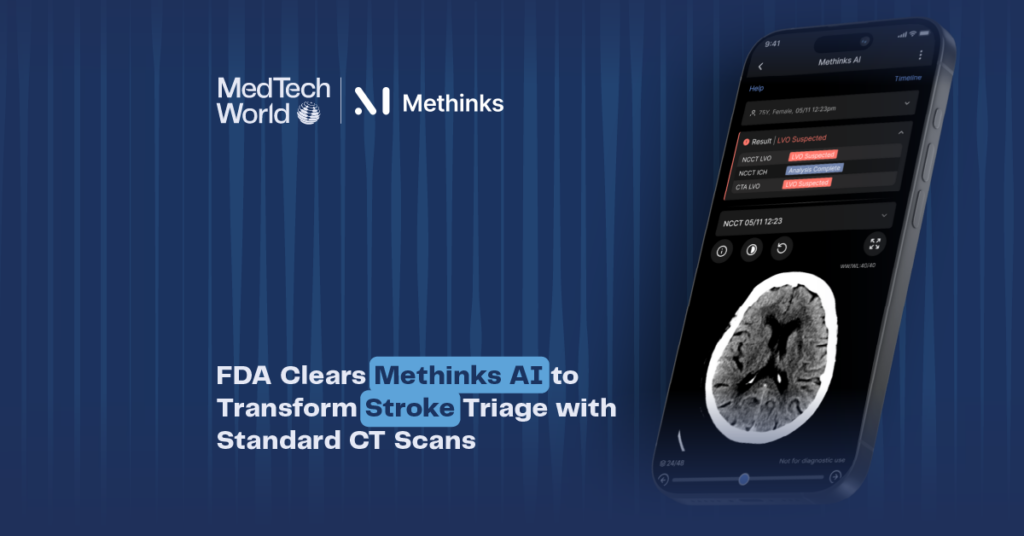
Michael Joe Cini
20th April 2022
Can Digital Therapeutics Become rofitable?
The road to adoption: A look at the digital therapeutics space
Since they arrived on the healthcare scene, digital therapeutics have made significant growth over the years. Integration into clinical practice took place in the early days with the aim of treating a wide range of diseases, from substance abuse disorder to the management of chronic diseases. This is a major development in the healthcare sector, and the space is witnessing a huge transformation from the conventional following of patient symptoms to serving the purpose of interventions in a growing number of areas.
In June 2020, the United States Food and Drug Administration (FDA) approved the marketing of the first game-based digital therapeutic device, Akili interactive’s video game, to improve attention function in children with attention deficit hyperactivity disorder (ADHD). It was the first time that a video game was permitted by the agency for treatment. There are others such as the NightWare’s self-titled product that uses iPhone and AppleWatch to disrupt nightmares without interrupting the sleep, and also a trio of Pear Therapeutics apps for opioid use disorders, chronic insomnia, and substance use disorder.
In a bid to garner widespread insurance coverage and increase its revenue, Pear Therapeutics, which has three FDA-approved digital treatments, aims to make them the standard treatment based on the expectations that more insurers will subscribe to the products and more doctors prescribe them. Whether or not these goals will be achieved is yet unknown.
The hurdles
Despite FDA clearance, growing acceptance, and the health industry’s increasing demand for digital therapeutics, several hurdles have been identified by experts. In the early days, lack of funding, a hesitant market, and regulatory ambiguity were few of the issues identified. However, as the digital therapeutic space evolves, new challenges are replacing previous hurdles and that includes establishing evidence, creating adequate payment and business models, and effectively increasing scale and distribution.
In their incipient stage, another challenge that plagued digital therapeutics was the inability to distinguish them from other software products. Nonetheless, over time, companies that have amassed clinical evidence are determined to set themselves apart from the thousands of health and wellness applications in the market. In a bid to do this, Pear therapeutics quoted their products as “Prescription Digital Therapeutics”
Digital therapeutic was once thought to be limited, and so, not widely accepted for the belief that it was not universal. It appeared many of them are focused on behavioral health, the same as the digital health companies, thereby signifying an overlap between them. However, AppliedVR and Voluntis made their way into the market in an attempt to change the narrative. Voluntis, in 2019, got FDA approval for two of its apps: Insulia which help with insulin dose titration for Type 2 diabetes patients, and Oleena helps patient manage cancer symptoms. In 2021, AppliedVR got FDA clearance for virtual reality software to treat chronic lower back pain.
The next big move
The next big move in the digital therapeutic space would be to get indications and take an approach to insurance reimbursement similar to pharmaceutics. To do this, digital therapeutics have to gather evidence showing that their products perform well outside the clinical trial setting. To publish articles on studies revealing that, asides from the therapeutic benefit for patients, the products have economic value. It is rather easier said; nonetheless, presenting this data doesn’t always result in guaranteed coverage. Some therapeutics have undergone the regulatory process and are prescribed like pharmaceutics, however, they are not reimbursed. Asides from getting reimbursed, there is a need to make these products easier to prescribe. Although it is expected to get better as time goes on, the current process of filling prescriptions can be complex.
An area that may also serve as a deterrent to the adoption and use of digital therapeutics is the wide price difference when compared to their over-the-counter counterparts. In a market filled with wellness apps with a relatively cheaper cost, getting patients to adhere to long-term digital therapeutic use or even seeing the benefits is difficult and requires a change of mindset.
There are many more challenges, one of which is the concern about the sustainability of the business─ digital therapeutics.
At the end of it all, we have to remember that, physicians, through whom these digital therapeutics are being prescribed, are also getting used to it over time just like most people. Therefore, therapeutics must fit into physicians’ workflow and have enough evidence for them to prescribe these products.
About Med-Tech World:
Being led by physicians we have a deeper understanding of how things in the healthcare industry work. We know healthcare is not like any other industry and as a result provide the expertise that others do not. Have an exhibition booth of your own, throw a specific side event, or else just tell us what you want to get out of Med-Tech and we’ll have a dedicated team drum up the most relevant opportunities for you. Reach out to Dylan.




